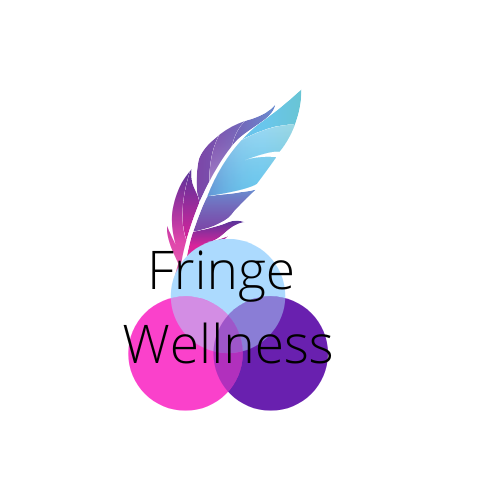5 types of clutter that mess with your wellness (and what you can do about them)
As we are now officially in the spring season, I feel like I can finally be honest: I have had a lot of clutter in my life. I moved into my first home and took all of the items that I had collected in my first decade of adulthood: clothes that no longer fit, pieces of gadgets that I no longer used, and even college textbooks that I didn’t actually read when they were assigned. In the moment, I was so overwhelmed with the process of buying a house that when I finally signed my closing papers, I just wanted to throw everything in a box and stow it away. Besides, now I had more space for those items-I had moved from a studio apartment to a house with an attic-surely I could just put them upstairs and never have to look at them again.
Flash forward to my late thirties and I have no idea where the stuff that I actually need is. I am franctically opening files to find paperwork for my taxes. I am frustrated because I just had surgery and now I have to sit around all of this stuff that I now know I no longer need. It was easier to ignore them when I would be at the office all day, but with my medical leave, it is just me, my cat Simba who has made a personal jungle gym out of the mess, and my clutter. It is in that moment that I realized that I could no longer just ignore the clutter-in fact ignoring it was causing more pain that actually dealing with it.
So, I thought I would take this moment to say something about clutter. There are five types of clutter that can clog up your mental health:
1) Physical Clutter: These are physical items collected over time. They may be items that we intended to use, but never do, items that may have emotional value that we hold onto, or items that do not have a designated space. Being around this type of clutter can evoke a feeling of discomfort.
2) Emotional Clutter: These are the feelings that stick with us over time and prevent us from feeling emotionally balanced. Unresolved trauma, depression, anxiety, and mental health distress tend to live here.
3) Social Clutter: These are the social interactions and relational dynamics that are reinforced and maintained in our various relationships with ourselves and others. This type of clutter can make it difficult to engage in healthy communication styles and maintain appropriate boundaries.
4) Spiritual Clutter: These are ways of being that get in the way of us finding purpose beyond our everyday experience. This often shows up as feeling disconnected, faithless, or without a sense of purpose. It can also show up as restlessness and resentment.
5) Mental Clutter: These are the negative thoughts and belief patterns that hinder one for completing their goals. These thoughts present as overwhelming, often making it difficult to focus on tasks or get organized to complete action plans. This clutter often makes it difficult to be creative or make decisions.
As you may have already inferred, these clutterbugs can overlap. People who feel depressed may also have trouble focusing and not feel like they have a particular purpose. One may have resentment towards a friend and not maintain boundaries. While it is nice to be able to identify the indicators here, it is most important to know what to do when you notice that the clutter is there, or has the potential to become an issue. If you are not currently experiencing a certain type of clutter, it can be helpful to note the practices that you engage in to prevent such clutter. For example, I have a friend who is very good at maintaining boundaries. She learned how to do that by addressing the emotional clutter that she had that presented as people pleasing. Now that she has an appropriate “container” for her relationships, she can continue to communicate assertively to minimize the risk of developing social and emotional clutter in the future. If you are finding that you have a lot of accumulated clutter in multiple categories, it can be helpful to choose which one to focus on first. The great part about this is that engage clutter clean up of one area often cleans up other areas as well. So, if I choose to start with mental clutter, I may engage in using a planner to assist with time management, and writing down an affirmation that targets the negative thought or belief that I have been hanging onto, so that I can create new ways of thinking and approaching issues in my life. Not only am I confronting those unhelpful thoughts and beliefs, I am also working towards finding that sense of purpose. It may also help me take the time to acknowledge my feelings so that I can feel them and let them go.
Although there are many ways to address the clutter, it is important to find the ways that work for you. I have found that when my clients choose an intervention that resonates most with who they are, they are more likely to follow through on using that intervention consistently, and often find that the others clutter is also starting to dissipate. Even if you think that you have time to deal with the clutter later, piling it away often only makes it more difficult to address later on because by that point, life have brought more potential clutter that you need to address. It is okay to start small. Build the momentum. Minimal clutter often means more space for people to love, goals to attain, and ultimately a clearer, more complete sense of self.
Community Invite: How are you addressing clutter in your life?
